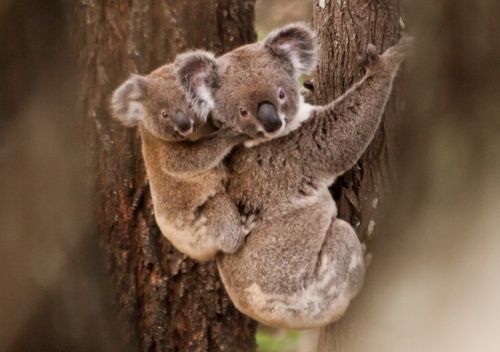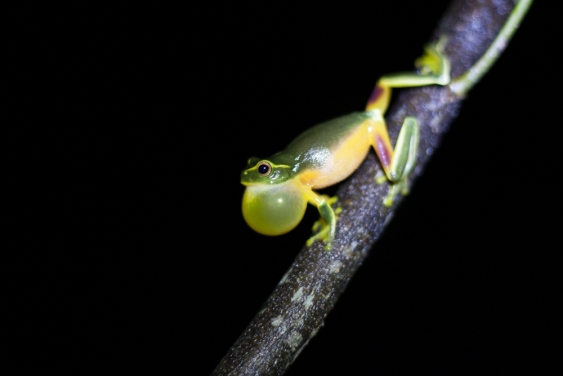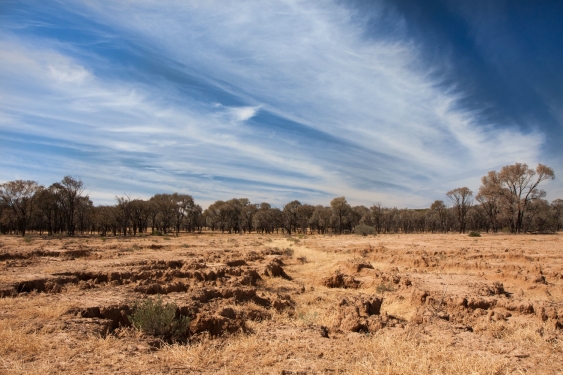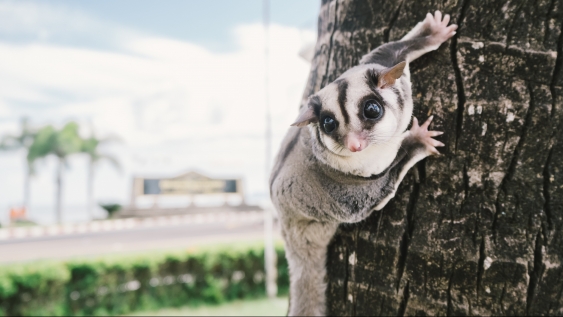Habitat destruction a dire threat to Australia’s wildlife, scientists warn
Hundreds of scientists have expressed alarm at Australia’s increasing rate of destruction of native vegetation and called for governments to take action to stop habitat loss.
Hundreds of scientists have expressed alarm at Australia’s increasing rate of destruction of native vegetation and called for governments to take action to stop habitat loss.

Hundreds of senior scientists from across Australia and the world, along with four peak scientific societies, today united to express alarm at Australia’s increasing rate of destruction of native vegetation.
The statement was released at the Society for Conservation Biology Oceania conference in Brisbane, attended by over 400 delegates.
“Our native vegetation is crucial to our wildlife, our climate, and the Great Barrier Reef,” said President of the Society for Conservation Biology Professor Richard Kingsford, Director of the Centre for Ecosystem Science, at UNSW.
“If we continue down this path, the cost to society and the economy will be enormous – and largely irreversible. We will face higher temperatures, more severe droughts, and see iconic species pushed to extinction."
The statement said that habitat loss threatens most of Australia’s nearly 1,800 threatened species.

An endangered tree frog. Photo: D Teixeira
“For so many scientists from across the region and the world to come together and make a statement such as this highlights the crucial importance of this issue,” Professor Kingsford said.
The University of Queensland’s Associate Professor Martine Maron said that in Queensland, deforestation was returning to globally significant levels.
“The scale of the problem has tripled in just three years, with woodland and forest loss at nearly 300,000 hectares per year, according to the government’s latest figures – putting Australia amongst the world’s worst deforestation hotspots.
“Much of that is habitat for threatened species like koalas.”
The scientists’ concerns include the impacts of deforestation on climate. In addition to the carbon emissions from tree clearing, research has shown that loss of bushland form eastern Australia has increased temperatures and reduced rainfall. This made droughts worse and reduced the ability of species to adapt to climate change, the statement said.
For so many scientists from across the region and the world to come together and make a statement such as this highlights the crucial importance of this issue.
Associate Professor Maron said the scientific community’s statement also reflected widespread concern over proposed changes to biodiversity laws in New South Wales.

The scale of the problem has tripled in just three years, with woodland and forest loss at nearly 300,000 hectares per year, putting Australia amongst the world’s worst deforestation hotspots. Photo: D Teixeira
“The proposed laws will increase the opportunity to clear habitat, risking New South Wales following a similar path to Queensland. The path we are on is utterly unsustainable,” she said.
Research presented at this week’s conference revealed impacts from habitat loss on wildlife, climate and the Great Barrier Reef.
Associate Professor Brendan Wintle of the University of Melbourne presented research showing species such as the squirrel glider relied on the few remaining small patches of habitat in landscape such as New South Wales’ Hunter Valley.
“Important squirrel glider habitat in the Hunter Valley is at risk of being destroyed because so much of the habitat it needs has been lost.
“The squirrel glider is one of many unique threatened species that rely on these rarer habitats to exist,” Associate Professor Wintle said.

Important squirrel glider habitat is at risk of being destroyed. Photo: Shutterstock
Other iconic species continue to decline as their habitat is removed and degraded.
“Koalas in Queensland and New South Wales are in big trouble,” said Adjunct Professor Daniel Lunney of the University of Sydney. “Their populations have declined by almost 60% in Queensland, and loss of habitat is a key driver.
“Replacing that habitat is enormously expensive. The most cost-effective option is to leave it in place.”
In the statement, the scientists expressed dismay that Australia had become one of the world’s worst deforestation fronts.
“Things are getting worse, not better – ever-more species are being added to threatened species lists, and more native habitat is being removed every year,” said Professor Kingsford.
“The restoration work done by dedicated people across the country is dwarfed by these losses. The battle is being lost."
The statement called for Australian governments, especially those of Queensland and New South Wales, to take action to stop habitat loss and restore fragile landscapes.
“We call for the prevention of a return to the damaging past of high rates of woodland and forest destruction, in order to protect the unique biodiversity and marine environments of which Australia is sole custodian,” the statement said.
The statement is supported by four of Australia’s Scientific Societies involved in biodiversity conservation and management, including the Society for Conservation Biology, the Ecological Society of Australia, the Royal Zoological Society of NSW and the Australasian Wildlife Management Society.